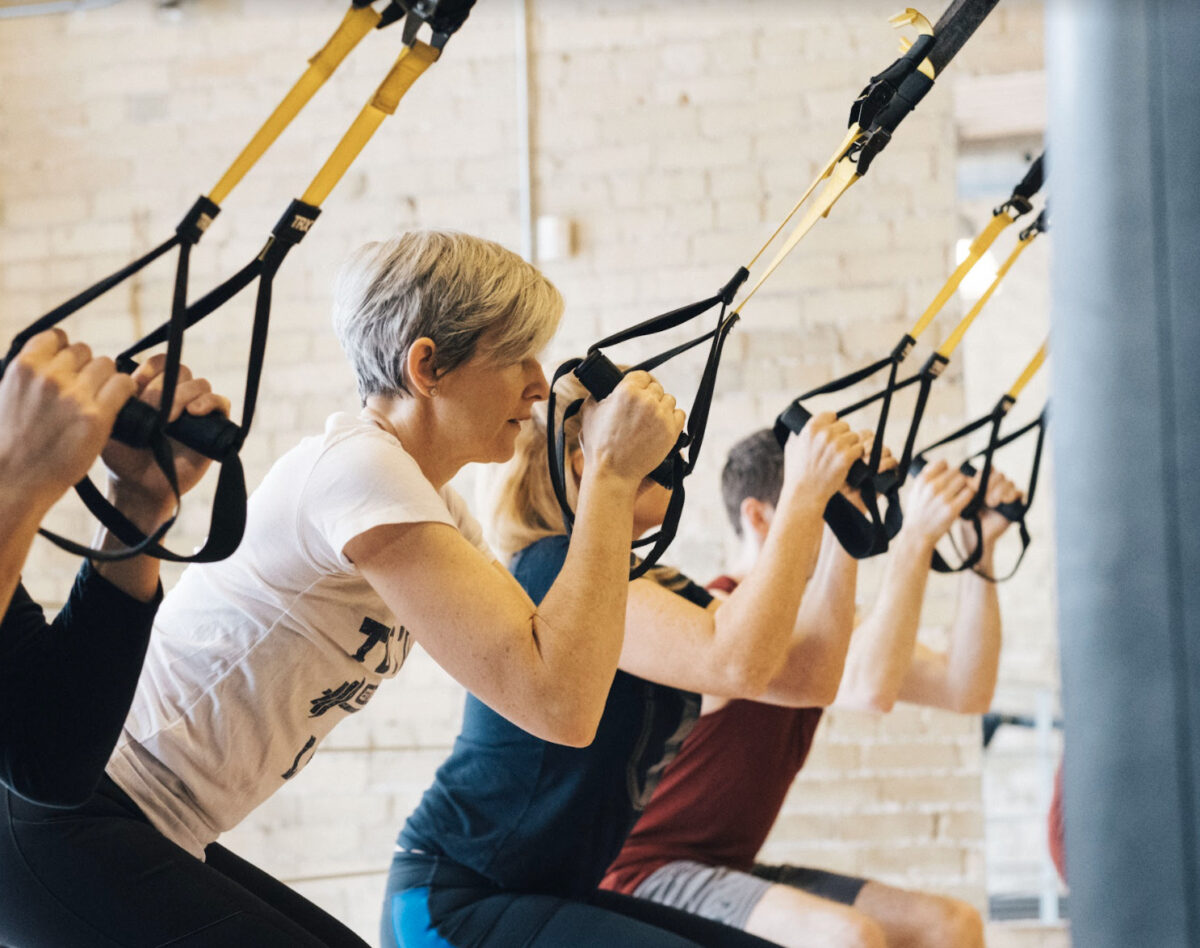Tamara Kung, ND
With all this talk about protecting ourselves from viral infections, many of us are seeking the best ways to support our immune system.
Our immune system is a potent world of strong, frontline defenses, and highly specialized backup troops.
While we have many drugs that are effective at stopping bacterial infections (antibiotics), drugs for the more prevalent viral infections, are lacking. Why? Because bacteria are easier to target. They look very different from our own cells. Viruses, however, are sneaky, and they infect our cells and effectively turn our own cells against us. So having medicine that targets viruses, means they target us too, making antiviral drugs riskier, and something we deploy only after careful consideration once we factor in the serious side effects that result. This is where your medical professional comes in.
So how do we effectively fight against viral infections without the elevated risk? A strong immune system. One of the best ways we can enhance our own immune system’s effectiveness is through movement. Why is this seemingly boring, and redundant answer an untapped and often unrecognized immune enhancer?
The answer relates to a parallel system that runs throughout our body that is like our circulatory system. Instead of blood, this track is used by immune cells, and it is critical for full force activation of your immune defenses! It is called the lymphatic system. While the circulatory system has the heart to pump fluid, movement is what helps those immune cells get to where they need to be.
The lymphatic system is like a superhighway where your immune cells communicate with each other to keep updated on what’s happening. If it’s flowing well, and there are no traffic jams, information can be relayed quickly, which is what we need. Especially if our body gets breached with a harmful virus. We don’t want any delays here as this will give the virus lots of time to replicate and cause more serious damage. This is why regular movement is so important, and any kind of movement matters. Typical gym workouts, running, sports, but also stretching, rolling your head from side to side, getting up for a glass of water, taking stairs, brushing your teeth, and doing air squats. Any activity that stretches and squishes your muscles and organs acts as a pump and is an effective way to improve the movement of lymphatic fluid
As an example, here is what happens when an immune cell notices a viral infection in your lungs. Initially, the immune cell swallows up the virus, destroys it into small pieces, and carries the remnants of the virus as proof. It travels along the lymphatic system superhighway where it will be able to alert your immune system’s big guns (B & T cells) and tells them to wake up and get over to the lungs. These highly effective immune cells then travel to the battlefield. If we can pump this fluid at a greater rate, then we get faster communication, activation, and response.
The second key to the lymphatic system are lymph nodes. We often notice these as annoying lumps swelling up under our jawline or neck when we’re sick. Your lymph nodes are like megacities, where immune cells congregate after their highway journey. It’s where they meet each other and sit down to communicate what’s happening and alert your B & T cells to gather up their troops and move to battle.
Much of our lymph nodes are situated in our neck, shoulders, elbows, abdomen, hips, and knees. Your body’s clever way of maximizing the impact of movement (like doing squats, or something that feels as good a head roll, or shoulder stretch) as it keeps the immune cities flowing and prevents congestion.
So keep those highways open and flowing by pumping your body. You will be helping to activate and “boost” your immune system’s efficiency and effectiveness on a daily basis!
Reference:
Immune: A journey into the mysterious system that keeps you alive. Philipp Dettmer.




